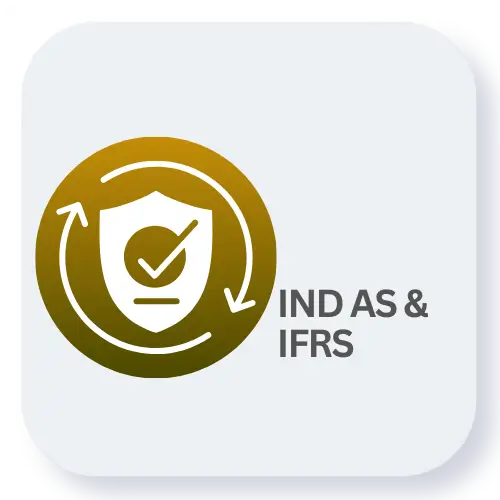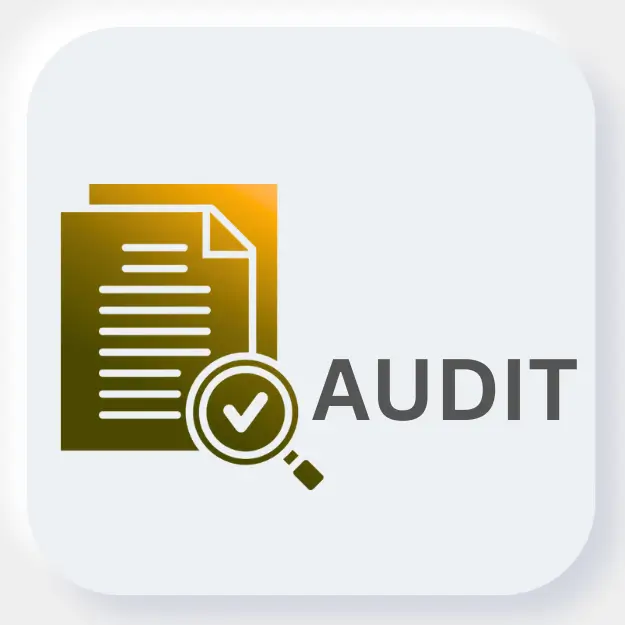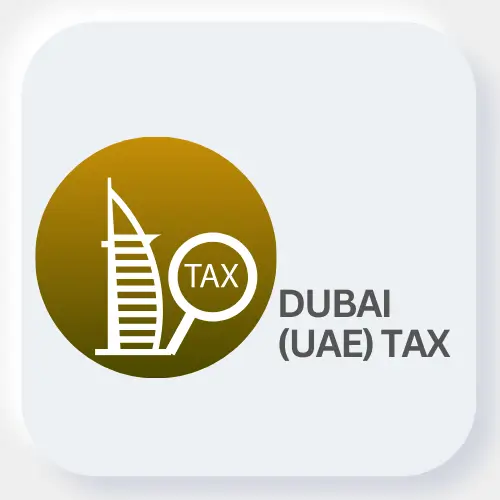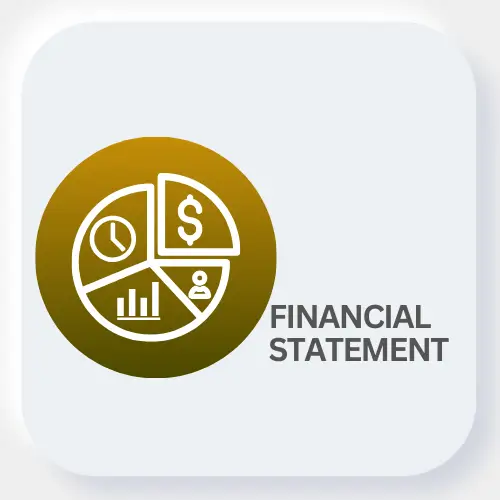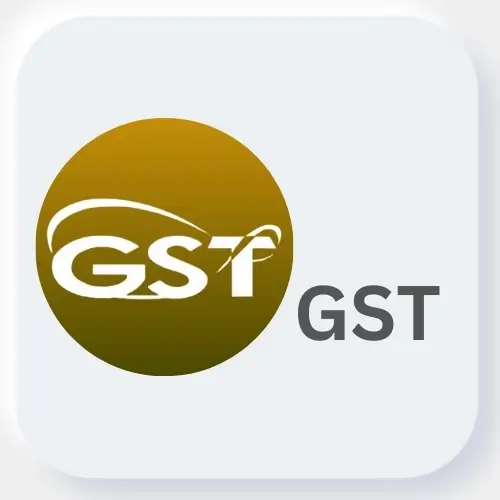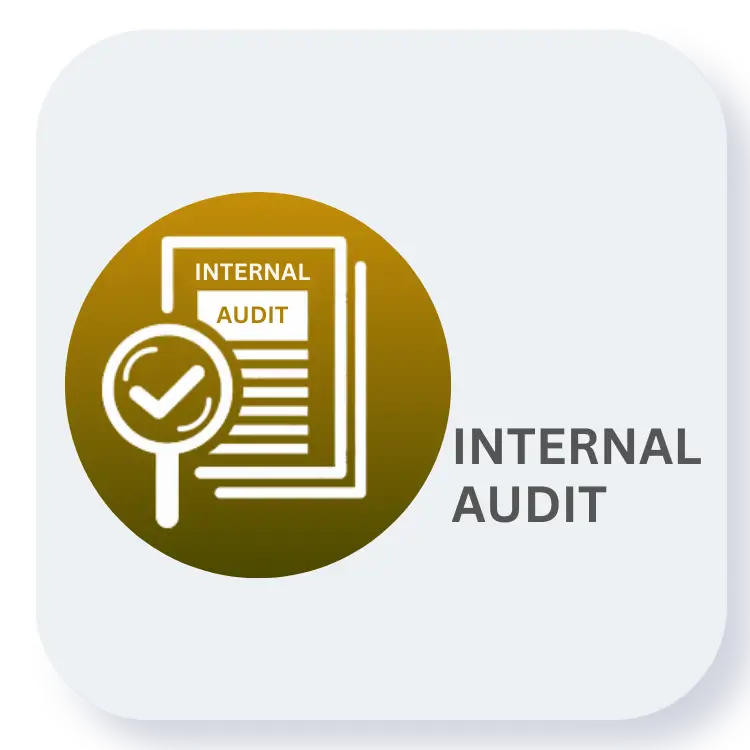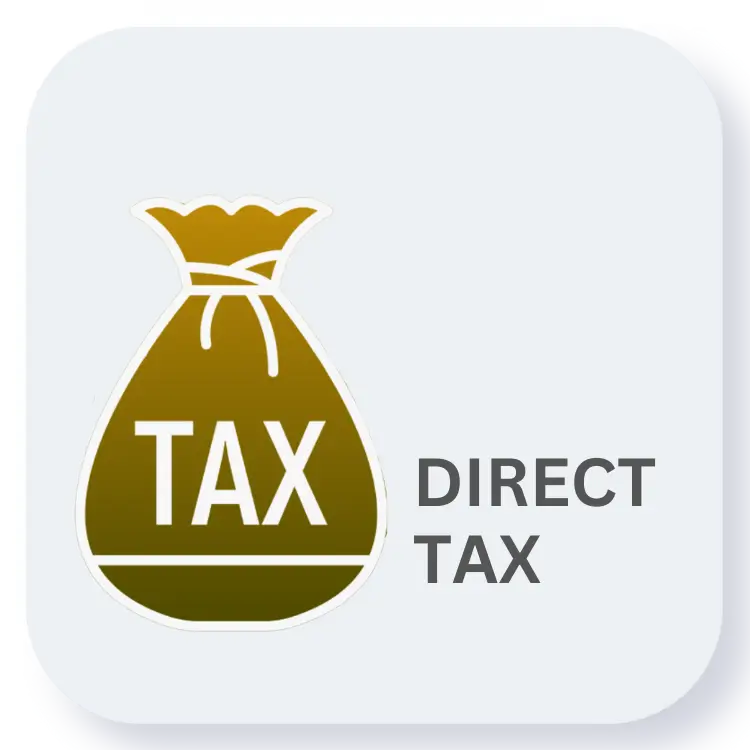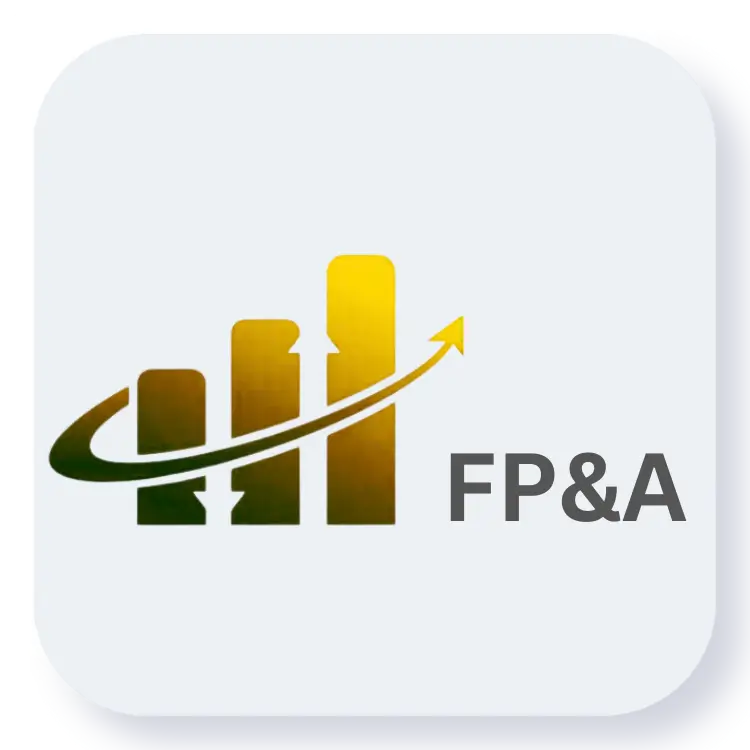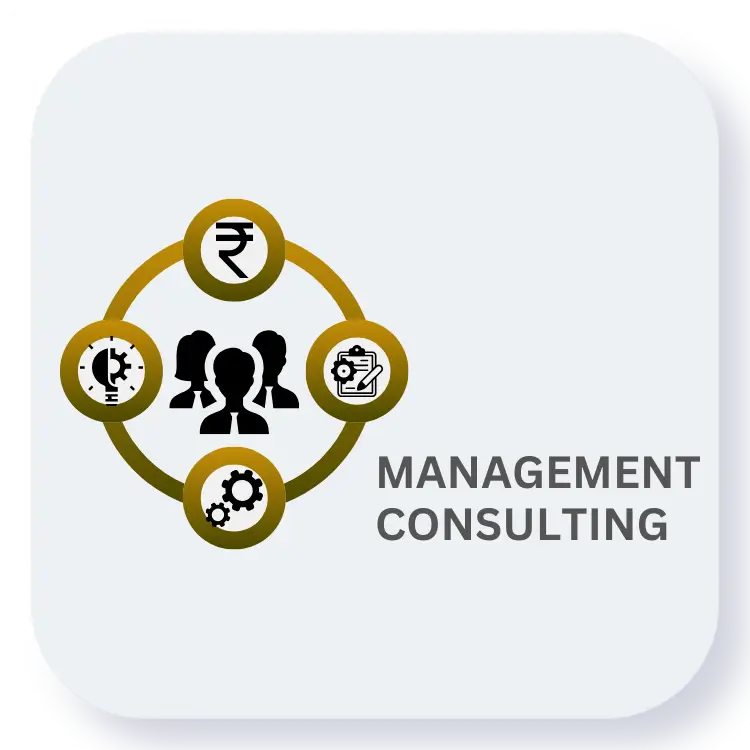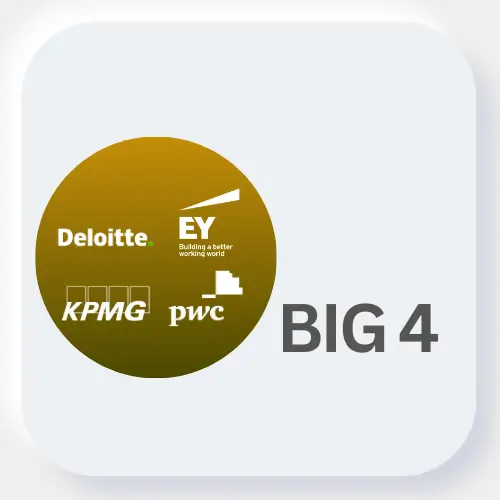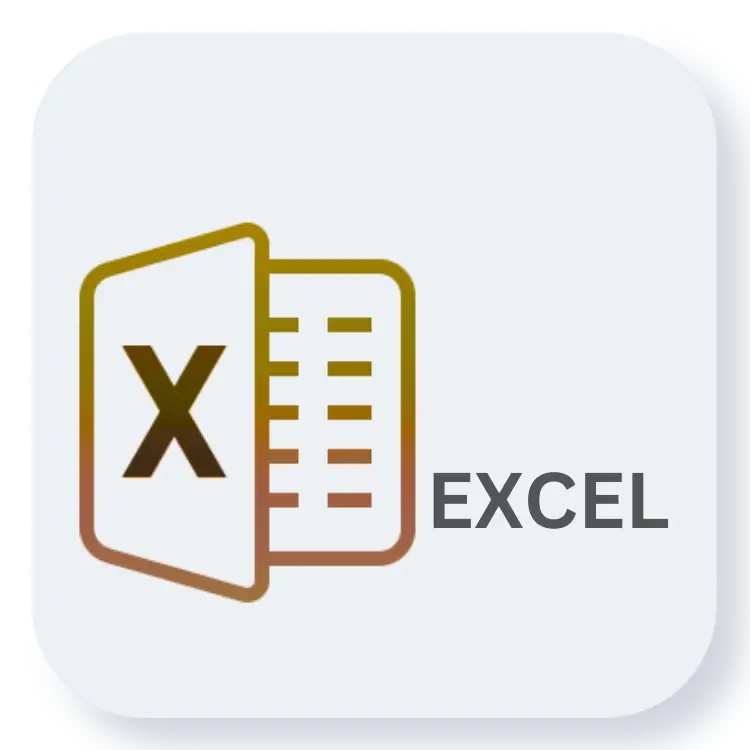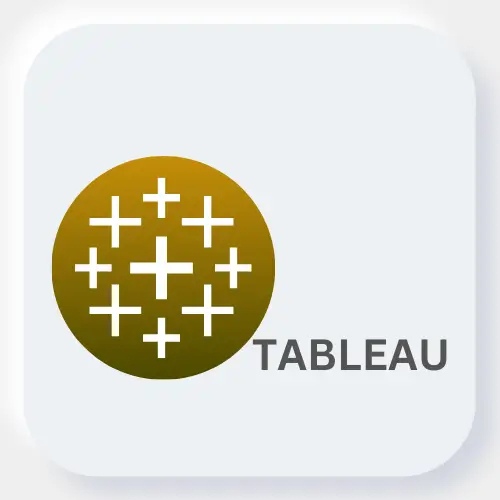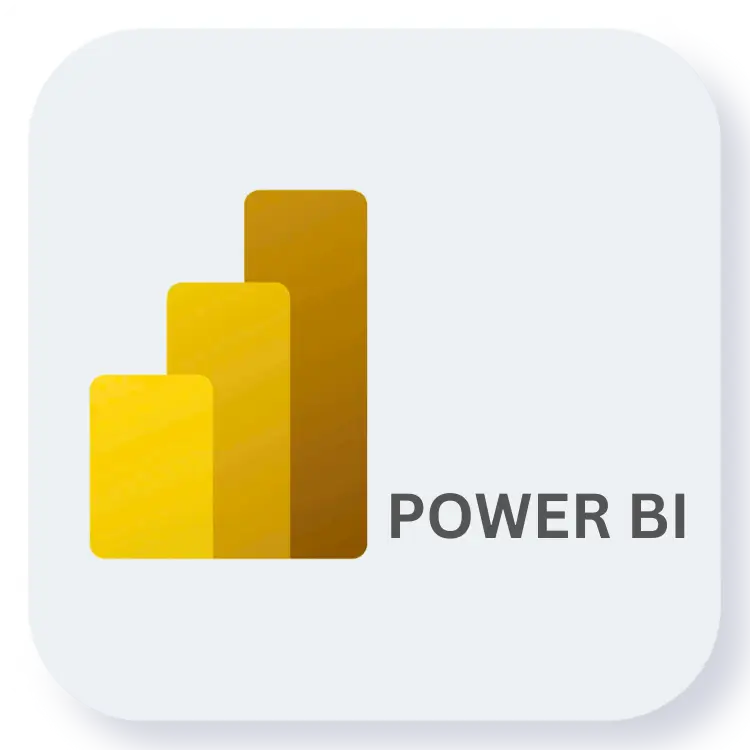Introduction
Let's be honest-when most of us first hear “FP&A,” it sounds like one of those buzzwords tossed around in
corporate meetings without anyone really explaining what it means. I've been there.
Everyone talks about forecasting, budgeting, variance analysis, and the monthly close, but no one tells
you what actually happens behind the scenes. If you're stepping into a finance role and wondering how to
do FP&A without just winging it-you're in the right place.
Forget the jargon for a moment. This is a real-world breakdown of how FP&A works-what people actually do
when they say they're in FP&A.
So, What Is FP&A?
At its core, FP&A (Financial
Planning & Analysis) is about helping the business see ahead. That's
it.
If you want to learn how to do FP&A, know this: You're not just working with spreadsheets. You're
helping teams plan better, spend smarter, and make decisions with more clarity. It's less “bean
counting” and more “strategy in numbers.”
You're the bridge between raw data and smart decisions. You take what's happened, what might happen, and
help the business steer with confidence.
Forecasting: It's About Direction, Not Perfection
If there's one thing you'll do often in FP&A, it's forecasting.
And no-it's not just guessing with
fancier Excel formulas.
Knowing how to do FP&A means being able to say, “Based on what we know today, here's what next
quarter could look like.” You blend trends, business inputs, seasonality, and instinct.
Let's say you're in a retail company in India. Festive sales, weather, supplier delays-all of these
impact your numbers. So when someone asks, “How often do we update forecasts?”, the answer is usually
monthly. Because things change fast, and FP&A is expected to keep up.
A strong forecast doesn't have to be perfect. It just has to be directionally useful. And that alone
makes leadership lean in.
Budgeting: Not Just Numbers on a Slide
People often think budgeting is a one-time task. Build it, get it approved, done. But in reality? It's a
living, breathing thing. If you're learning how to do FP&A, budgeting is where you'll spend serious
time-and energy.
You talk to department heads. You ask uncomfortable questions. You say “no” to unrealistic spends and
“maybe” to growth bets. It's financial strategy with a human touch.
You'll often hear the question, “Who owns the budget in FP&A?”-and the answer is you. But not alone.
You drive it in partnership with every function. You're the person who says, “Cool idea, but how are we
funding it?”-and that's a powerful seat to be in.
Monthly Close: The Least Sexy, Most Important Part
Let's not sugarcoat it-month-end close is gritty work. But if you want to know how to do FP&A
properly, this is where you earn your credibility.
You dive into numbers. Compare budget vs. actuals. Track variances. And then answer the question every
exec will have: “What the hell happened?”
If revenue dipped, you need to know why. If costs spiked, you better have a reason. This is where your
analysis turns into action-and where trust is built. A good monthly close tells the story behind the
numbers, not just the math.
Why FP&A Isn't Just About Math?
One thing that's rarely said out loud-FP&A is 70% people, 30% numbers.
You're talking to sales leaders who are optimistic by nature. Ops heads who are worried about capacity.
Founders who want to scale faster. Your job? Align all of them to financial reality-without sounding
like a blocker.
If you're serious about how to do FP&A, you'll need to learn how to speak their language, not just
yours. It's less “your spend is over” and more “let's figure out how to make this plan work.”
You'll also hear weird, typo-ish questions like, “Is FP&A good for CA fresher?” or “How does
FP&A
different from accounting?”-and
these are valid. The answer? FP&A is where CAs and finance grads
grow into strategic thinkers. It's not accounting. It's business advisory with a finance lens.
Tools Are Just Tools. You Are the Value.
Yeah, you'll use Excel, Power
BI, maybe Anaplan. Maybe even build some models with macros. But let me be
real-no one cares how flashy your dashboard is if it doesn't help a decision.
Knowing how to do FP&A means using tools to tell the right story. A good FP&A analyst doesn't
just show numbers-they show what they mean. That's the difference between reporting and insight.
So What Makes Someone Good at FP&A?
Honestly, it's not a degree or a tool. It's how you think.
- You're curious.
- You ask “why” more than most.
- You spot patterns, challenge assumptions, and offer solutions.
- You know when a number looks off-and you don't let it slide.
If you can explain why hiring five more people might reduce profitability and help long-term
growth-you've already cracked how to do FP&A right.
Final Thoughts: FP&A Is a Mindset, Not a Role
If you take one thing from this, let it be this: learning how to do FP&A isn't about mastering a
process. It's about thinking like a partner.
Forecasting, budgeting, and monthly close are just tools in your belt. The real power is using them to
help the business make smarter moves.
Whether you're a CA, an MBA, or someone transitioning from audit,
there's never been a better time to
grow into this space. FP&A in India is evolving-and the people who learn how to think like business
owners will be the ones leading the charge.

